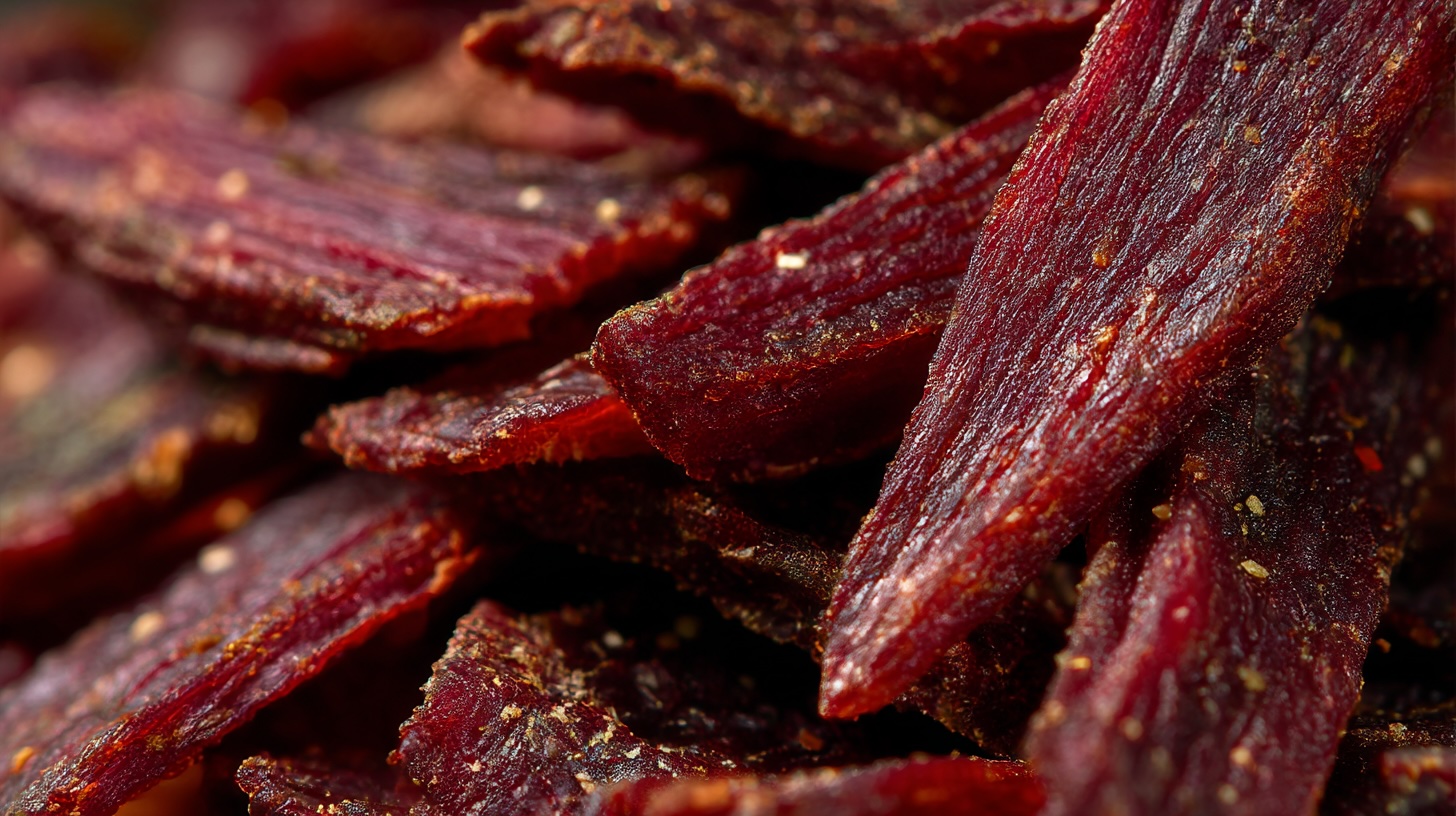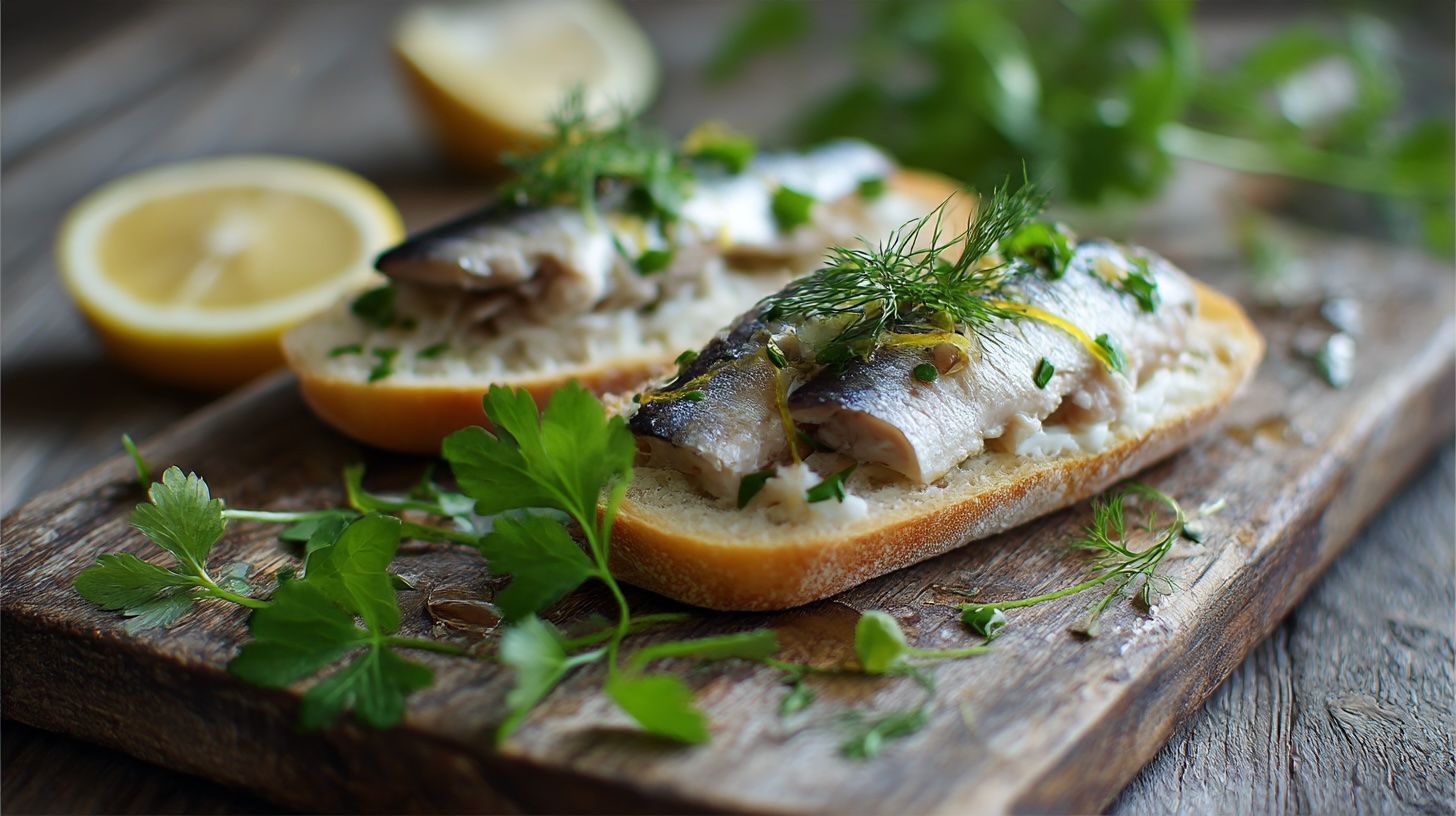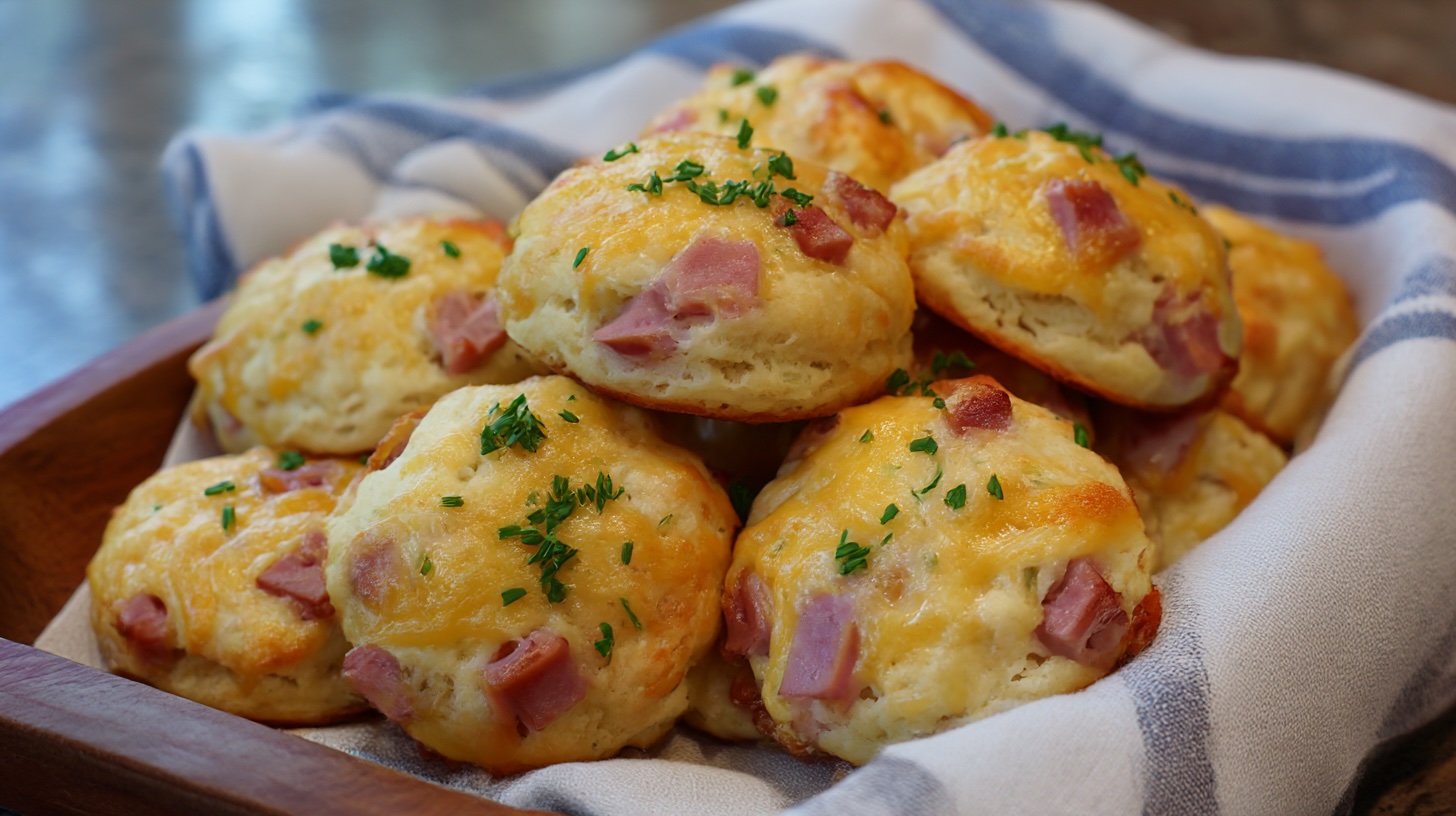Culurgiones Recipe: The Legendary Pasta from Sardinia
Culurgiones (pronounced something like coo-loorr-JOH-ness, with extra flair) hail from the Ogliastra region on the east side of the island. We’re talking mountains, goats, olive groves, and fiercely proud nonnas who will definitely judge your folding technique. Traditionally, these beauties appear around All Saints’ Day or for big family celebrations, but in true Italian fashion, any excuse will do.
What sets culurgiones apart is the filling. We’re not talking your standard meat and cheese combo here. The classic version involves mashed potatoes, pecorino cheese (often quite aged and feisty), garlic, and mint. Yes, mint. It sounds like a bad idea until you try it, and then you realise it’s a stroke of genius. The mint cuts through the richness, the pecorino brings the punch, and the potatoes hold it all together like a trustworthy sidekick.
And then there’s the seal. The pasta gets folded in a way that mimics a wheat spike or an ear of corn—an intricate braided look that requires patience, practice, and possibly a glass of wine to get through the learning curve. This shape isn’t just for show. It symbolises abundance, fertility, and all that good agrarian stuff. Sardinia’s always been deeply tied to the land, and culurgiones are a delicious little nod to that connection.
Of course, regional spinoffs abound. Some areas go heavier on the garlic, others throw in a splash of olive oil or even a bit of lemon zest. Some versions ditch the mint altogether (heresy, in my book), and a few ambitious souls even stuff them with pumpkin or artichokes when the season’s right. But the potato-and-pecorino gang remains the standard-bearer.
You don’t drown culurgiones in sauce. That would be rude. A simple tomato sauce—light, maybe garlicky, ideally homemade—does the trick. A generous sprinkle of more pecorino on top, maybe a glug of good olive oil, and that’s dinner sorted. Anything more elaborate would be like putting a tuxedo on a goat. Unnecessary.
To drink? A glass of Cannonau, Sardinia’s brooding red wine that seems genetically engineered to go with pecorino and bold pasta. If you’re feeling rebellious, a chilled Vermentino also pairs nicely, especially if you’re eating them under the Mediterranean sun (or pretending to).
Other foods to serve? Keep it simple. A bitter green salad with lemon dressing, some olives, a few slices of pane carasau (Sardinian crispbread that crackles like autumn leaves), and maybe a cheeky fig or two for dessert.
Health-wise, they’re hearty but humble. You’ve got carbs, protein, calcium from the cheese, a bit of good fat. They’re vegetarian, satisfyingly filling, and full of real ingredients. Just maybe don’t eat twenty in one sitting. (Easier said than done.)
Where to find them? In Sardinia, obviously. Especially in small village trattorias, where someone’s grandmother is still pinching them by hand. Some fancy restaurants on the mainland have caught on, but they’re still relatively rare outside Italy. However, in London, you can enjoy them at Bronzo.
Culurgiones Recipe: Sardinian Stuffed Pasta with Potato, Pecorino, and Mint
For the dough:
- 300g semolina flour
- 100g plain flour
- A pinch of salt
- Warm water (about 150ml)
For the filling:
- 500g starchy potatoes (like Maris Piper)
- 100g grated pecorino sardo (or other aged sheep’s cheese)
- 1 garlic clove, minced
- A handful of fresh mint leaves, finely chopped
- Salt to taste
- Olive oil (a generous glug)
Make the dough first: mix the flours and salt, then slowly add warm water until a dough forms. Knead until smooth and elastic. Cover and let it rest for half an hour.
Boil and mash the potatoes until smooth. Stir in the cheese, garlic, mint, olive oil, and salt. Taste and adjust—you want bold, savoury, and a little minty.
Roll the dough thin, cut into circles (about 8cm), and place a spoonful of filling in the centre of each. Now the fun begins. Pinch and fold the edges into a braid pattern, sealing the dumpling shut like a wheat spike. YouTube it if needed, or just squish them closed and call it rustic.
Boil in salted water until they float—just a few minutes. Serve with warm tomato sauce, more pecorino, and a drizzle of olive oil.
Eat immediately. Try not to cry tears of joy.




Post Comment